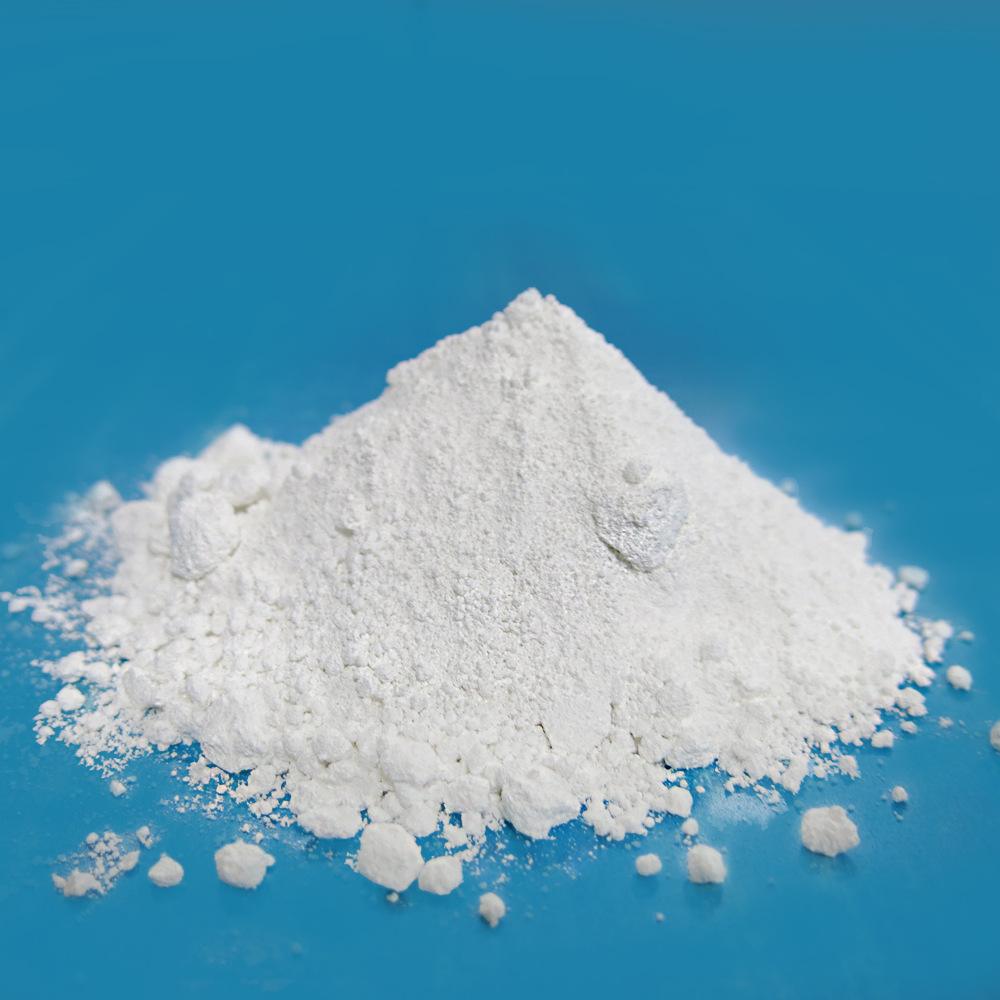” >Flame retardant It is a type of additive that can prevent polymer materials from igniting or inhibit the spread of flames. The most commonly used and important flame retardants are phosphorus, bromine, chlorine, nitrogen flame retardants, phosphorus-halogen flame retardants, phosphorus-nitrogen flame retardants, antimony and aluminum compounds. See below:
” >(1) Brominated flame retardants Brominated flame retardants are currently one of the most widely used flame retardants, including aliphatic, fatty Cyclic, aromatic and aromatic-aliphatic bromine-containing compounds, this type of flame retardant has high flame retardant efficiency, and its flame retardant effect is twice that of chlorinated flame retardants, with a relatively small amount of addition.
” >(2) Chlorine-based flame retardants Chlorine-based flame retardants are still widely usedflame retardants. Chlorinated paraffins with the highest chlorine content are industrially important flame retardants, but have poor thermal stability and are only suitable for composite materials with processing temperatures below 200°C. Chlorinated alicyclic hydrocarbons and tetrachlorophthalic anhydride have thermal stability It is relatively high and is often used as a flame retardant for unsaturated resins. Its mechanism is that during the pyrolysis process, X. and HX are decomposed to capture and transfer combustion free radicals. HX can dilute the combustible gas generated when combustibles are cracked and isolate the contact between the combustible gas and the air.
” >
” >(3) Phosphorus flame retardants, organic phosphorus compounds are additive flame retardants. This type of flame retardants Mechanism Metaphosphoric acid produced during the combustion process can form stable polymers, promote dehydration and carbonization of combustibles, and prevent or reduce the generation of combustible gases. During pyrolysis, metaphosphoric acid also forms a glass-like melt that covers the surface of combustible materials, prompting its oxidation to generate carbon dioxide, which plays a flame retardant role. This type of flame retardant mainly includes phosphorus (phosphine) acid esters and halogenated phosphoric acid esters. Esters and phosphorus halides, such as TPP, BDP, RDP, RDXP, CEPPA, DMMP, TCPP, TCEP, etc., are widely used in epoxy resin, phenolic resin, polyester, polycarbonate, polyurethane, polyvinyl chloride, polyethylene , polypropylene, ABS, etc.
” >(4) in the nitrogen system In flame retardants, nitrogen compounds interact with combustibles to promote cross-linking to form char, lower the decomposition temperature of combustibles, and produce non-combustible gases that dilute combustible gases.
” >(5)Inorganic flame retardants Inorganic flame retardants are a type of flame retardants classified according to their chemical structure. Including antimony oxide, aluminum hydroxide, magnesium hydroxide and zinc borate, etc.
” >(6)Phosphorus-halogen flame retardants and phosphorus-nitrogen flame retardants mainly achieve flame retardant purposes through the synergistic effects of phosphorus-halogen and phosphorus-nitrogen, and have the dual effects of phosphorus-halogen and phosphorus-nitrogen , the flame retardant effect is better.
” >Flame retardants can also be classified as follows: inorganic flame retardants and organic flame retardants
” > 1) Organic is composed of bromine and nitrogen and some flame retardants represented by red phosphorus and phosphorus-containing compounds;
” > 2) Inorganic are mainly sulfonate series, Hypophosphites, antimony trioxide, magnesium hydroxide, aluminum hydroxide, zinc borate, silicon-based and other flame retardant systems.
” >Flame retardants are not included Classification from the perspective of halogen cluster elements: halogenated flame retardants and halogen-free flame retardants
” > 1)Halogenated flame retardants Such as decabromodiphenyl ethane, decabromodiphenyl ether, brominated bis-S ether, bromotriazine, BC52/BC58, etc.
” > 2) Halogen-free flame retardants such as PC-specific halogen-free transparent flame retardants, phosphorus-nitrogen compound flame retardants (APP, MCA, MPP), polymethyl Phenylsiloxane, etc.

 微信扫一扫打赏
微信扫一扫打赏

